As companies seek to enter new markets and grow their market share, mergers, carve-outs, and acquisitions are a common affair. But before and after the companies sign on the dotted line, a lot of work needs to be done by both the selling and the acquiring company. According to a report published by EY in 2019, IT system changes are one of the most frequently reported drivers of one-time M&A integration costs. For companies with huge data volumes, a well-thought-out approach to data migration is key to drive down costs, speed up the integration process, and reduce complexity. In this blog, we share some of our top tips for managing and migrating data and documents, so companies can reap the benefits quicker without impacting on the customer experience.
Identify Only the Relevant Data
When divesting a company, the seller is obliged to provide the buyer with all the data and documents enabling them to continue running the business. Besides operational data, this also applies to valuable information that’s stored on unused legacy systems, so locating this information is crucial. Protecting intellectual property is a sensitive matter – even more so when the new owner is a competitor! This is why the data identification step should be approached with caution, to prevent business and trade secrets from ending up in the wrong hands. Only the data that’s relevant to the area of the business that’s being sold should be passed on to the new owner.
Shut Down Redundant Systems and Applications
Depending on the size of the business, there may be multiple live and legacy systems including ERP and other third-party solutions. From both a cost and an operational perspective, it makes no sense to keep running all of these systems running. The acquiring company therefore needs to decide which systems and applications to keep and integrate with its live system, and which ones can be decommissioned.
Historizing the Data
Generally speaking, with a company acquisition, only 5 to 25% of the data pool usually needs to be migrated. The rest can be historized – in other words, stored on a secure, neutral, and central platform from where it can be accessed in a massively condensed, read-only format. By historizing the data, it doesn’t take up precious memory space in the live system, and compliance with GDPR and legal retention periods is taken care of. With the right technical support, data historization can be a simple, fast, and cost-effective process, and can help to increase a company’s agility.
Cleanse, Harmonize, and Convert the Data Prior to Migration
To drive maximum value from the operational data in the new live system, before it’s migrated it will likely need to be cleansed and converted into a neutral and legally compliant format. If different releases of the same ERP are being used, these should also be harmonized for seamless operation. Cleansing, harmonizing, and converting the data all contribute towards a smoother integration and thus to a better overall customer experience.
Deploy Innovative Data Migration Software
Data migration can be hugely complex and expensive, but when handled correctly by a data migration expert, companies can protect their business secrets, achieve ROI quicker, and gain a competitive edge. The JiVS Information Management Platform is a tried and tested, innovative approach to data migration for mergers, carve-outs, and acquisitions.
Read more here about how JiVS enables the fast, simple, and cost-effective migration of data for the companies involved.

